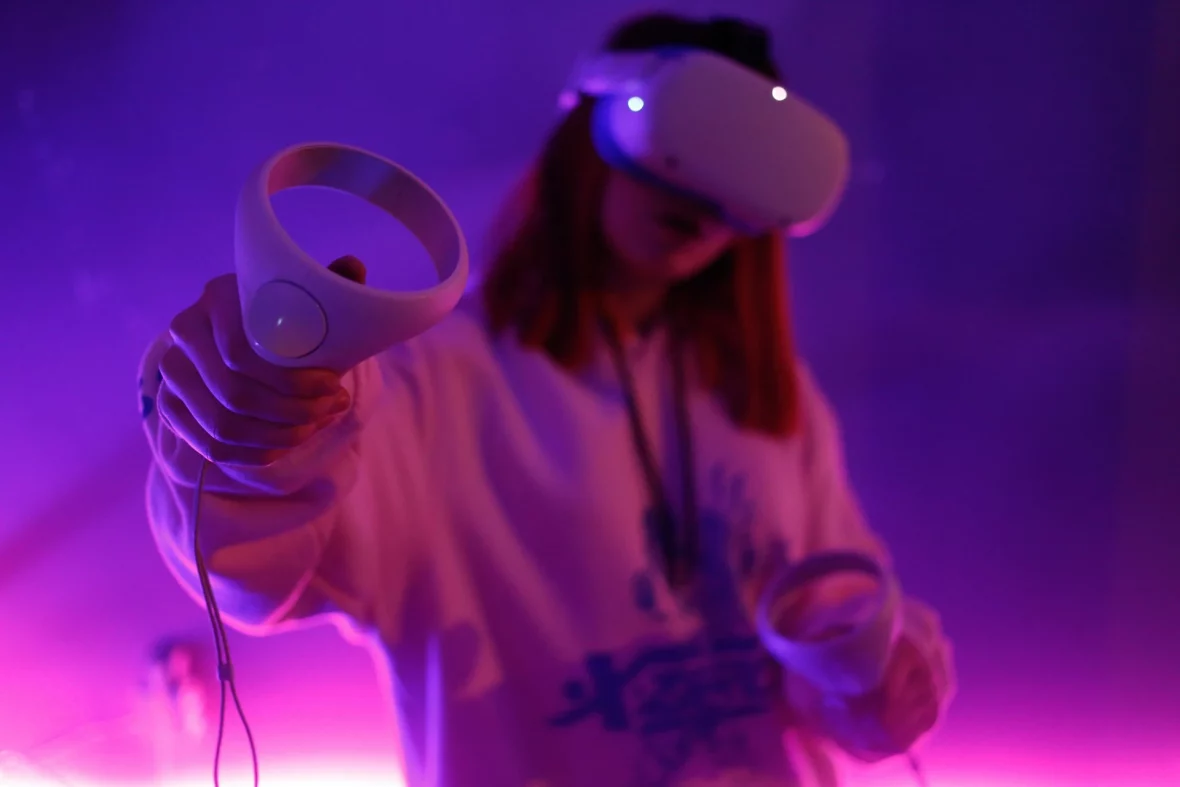Will VR Take Over the Mobile Casino Market?

The iGaming industry is in a perpetual state of evolution, constantly chasing the next technological leap to provide a richer, more engaging player experience. For the last decade, that evolution has been dominated by the shift to mobile. Today, the vast majority of online play sessions, from slot spins to live dealer games, occur on a smartphone or tablet. The convenience of pocket-sized, anytime-anywhere access has made the mobile casino the undeniable king of the digital gambling landscape.
However, a new contender is on the horizon: Virtual Reality (VR). It promises an unprecedented level of immersion, aiming to fully replicate the sensory experience of a brick-and-mortar casino floor. This raises a fundamental question for operators and players alike: is VR truly the successor to mobile, or will it remain a niche, albeit compelling, addition to the iGaming ecosystem? While mobile gaming platforms already provide a fantastic user journey, with operators offering seamless integration and a diverse game portfolio, exemplified by popular hubs like sagaspins, the conversation around VR is less about replacing the current experience and more about elevating the potential for digital entertainment.
The Mobile Empire: Speed, Convenience, and Accessibility
The current dominance of the mobile casino market is built on three pillars that VR struggles to match today: accessibility, convenience, and cost.
Accessibility and Ubiquity
Virtually everyone owns a smartphone. This massive, ready-made user base means that the barrier to entry for mobile gambling is practically zero. A player simply downloads an app or navigates to a mobile-optimised website, and they are playing within minutes. This ubiquity is the single greatest advantage mobile holds.
The Cost Factor
Mobile casino play requires no proprietary hardware beyond a modern smartphone or tablet, which most people already possess. In contrast, the true VR casino experience demands a dedicated headset (such as Meta Quest or similar devices), which represents a significant upfront cost and a notable friction point for the average player. Until this hardware becomes as ubiquitous and affordable as a smartphone, the potential audience for a VR casino will remain limited to tech enthusiasts.
Virtual Reality’s Killer Feature: True Immersion
Where VR shines is in its ability to offer an experience utterly distinct from the 2D interface of a mobile screen. The key word here is immersion.
Creating a Social, Spatial Experience
A VR casino is not just a game; it is a three-dimensional, explorable environment. Players use avatars to walk through the virtual casino floor, sit down at a poker table, interact with other players using real-time voice chat, and physically (via motion controllers) handle chips or pull a slot machine lever.
The Enhanced Sensory Experience
This spatial environment goes far beyond visuals. It includes:
- Spatial Audio: Hearing the chatter of players and the rattle of the dice change based on your avatar’s location.
- Realistic Interaction: The ability to physically execute actions, which provides a far more engaging and tactile feel than simply tapping a screen.
This level of detail moves the experience closer to a real-world venue, fulfilling the desire for a social and atmospheric form of digital entertainment that mobile screens can only partially replicate through live dealer streams.
Challenges for VR Operators
Despite the excitement, VR operators face significant hurdles beyond player equipment costs. These technical and content challenges must be overcome for VR to become a mainstream iGaming platform.
The Content Gap
The sheer volume of content available on mobile casinos is staggering, with thousands of slot titles and table variations readily available. The VR casino game library is currently tiny by comparison. Developing a single VR game is a complex, costly, and time-consuming process, requiring specialized 3D design and programming talent. Operators need content at scale to make a VR lobby truly compelling.
Technological Headaches
A smooth VR experience requires high processing power, robust hardware, and, most critically, a fast, stable internet connection to handle the massive data flow of 3D, 360-degree environments and real-time multiplayer interactions. Any lag or stuttering can ruin the immersion and even cause discomfort for the player. Mobile devices, while powerful, are fundamentally designed for convenience and are prone to connectivity shifts, making high-end VR on the go challenging.
Conclusion: Coexistence, Not Conquest
The most likely outcome is not a takeover, but coexistence. The mobile casino market is too large, convenient, and cost-effective to be wholly supplanted by VR in the foreseeable future. Mobile gambling platforms will continue to dominate for players who prioritize quick access and easy, on-the-go digital gambling.
